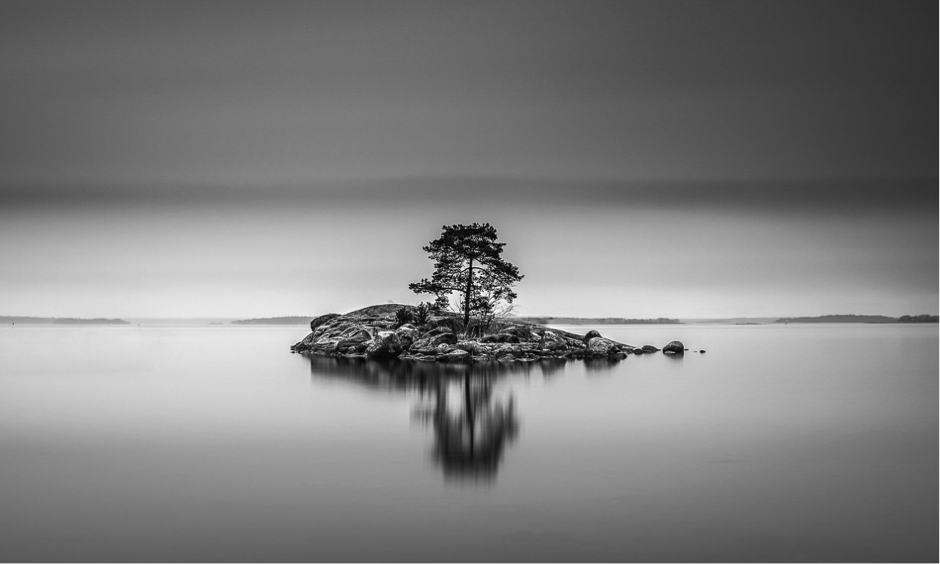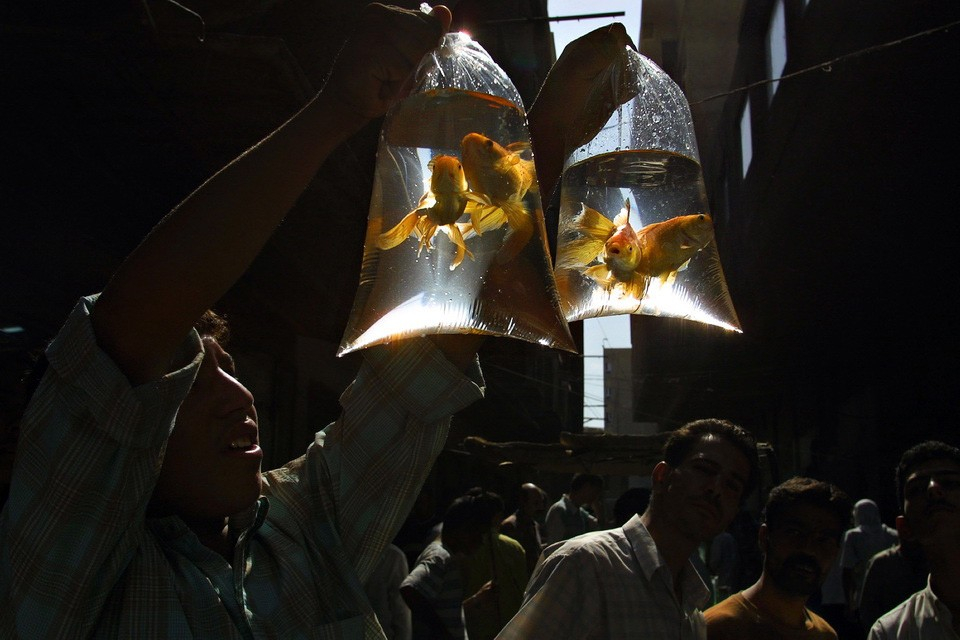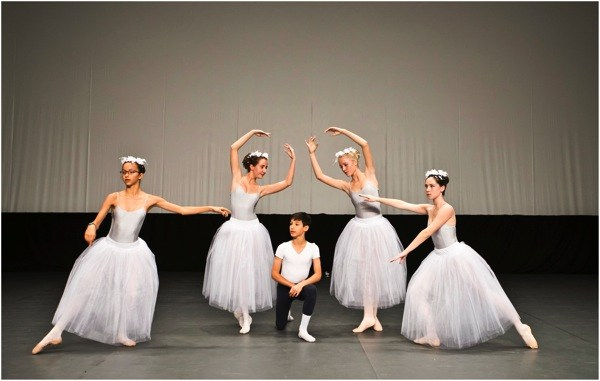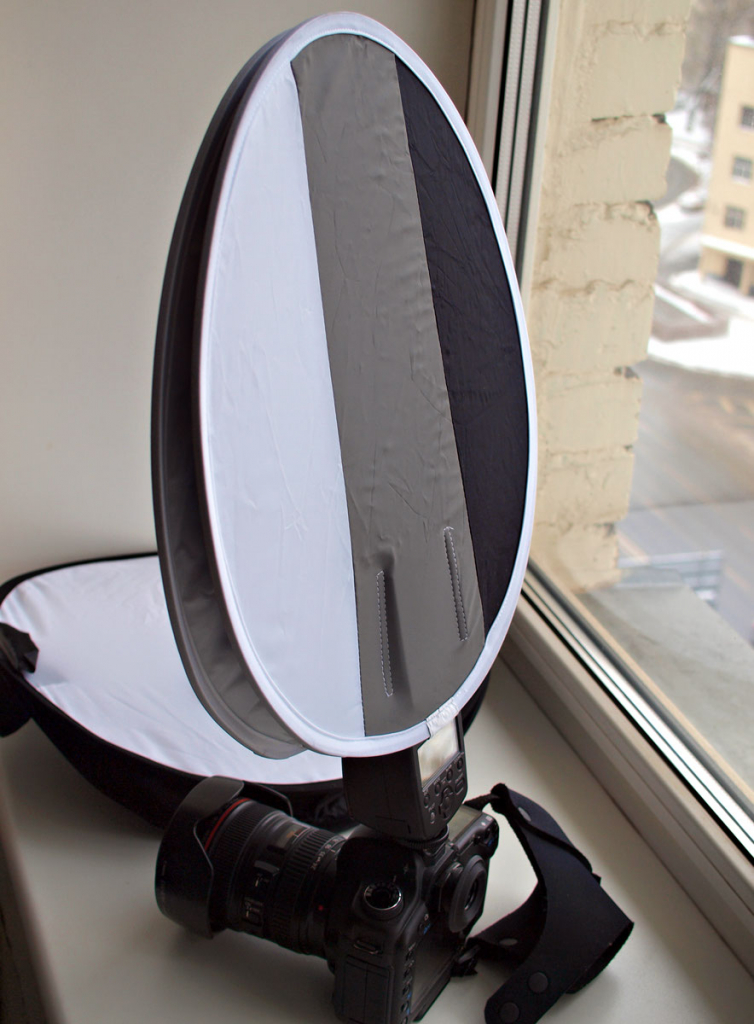CLOUD PHOTOGRAPHY, OR WHY A CLOUD COLLECTION IS NEEDED
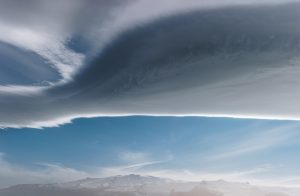 The sky is the most abstract and dynamic canvas at the disposal of the photographer. This is an endless source of inspiration that can bring soul to a boring photo. It is a key element of almost all landscape shots. The problem is that it is often very difficult to properly adjust the exposure for sky and earth at the same time.
The sky is the most abstract and dynamic canvas at the disposal of the photographer. This is an endless source of inspiration that can bring soul to a boring photo. It is a key element of almost all landscape shots. The problem is that it is often very difficult to properly adjust the exposure for sky and earth at the same time.
Using tools such as neutral density gradient filters or bracketing, photographers were able to adjust the exposure of a photo directly in the camera, but this is not always possible under certain shooting circumstances.
In addition, the sky itself does not always behave well, sometimes during shooting it is quite boring and uninteresting. In other cases, the sky just does not convey the right mood for your photo. Sometimes the image needs a “new” sky.
Start creating a collection of cloud photos that you will need to save for later use. Clouds do not always have to be “evil” and hanging or on a bright sky – it is important to create a diverse collection. These photographs, although often interesting enough to become separate, self-contained images, but really shine when used to enhance something else.
Tricks for shooting big clouds
Make sure you shoot more sky than you need. If necessary, it can be trimmed during post-processing.
Underexpose a bit. The sky is known to be bright during the day. Overexposed clouds tend to look silly. You can always fix the exposure later.
Approach the question creatively, the clouds are very abstract, try interesting things with them – a long exposure time, some wild filters … go crazy!
Watch out for objects in the sky. Although they can always be removed in the post-processing, it is still annoying if a bird or a plane is not scheduled to be in the middle of your frame.
How to make a particular sky more interesting
Despite the fact that the sky is almost always interesting, sometimes you want to make it even more attractive. This is easy to implement in the photo editor.
Lively
Everyone loves cheerful soft clouds. They can make the picture more exciting and energetic. The lively sky is characterized by smooth white tones in the clouds on a bright blue background.
Active
It looks interesting tension in the sky. This can be easily achieved by framing the clouds from a unique angle.
Antique
This has almost become a cliché, but still very effective. Antique clouds are usually capricious, and it is best to shoot them in a cloudy sky.
Muffled
Boring clouds are very useful when you just want to add photo texture. Muted clouds are characterized by less bold lines and lower contrast.
Grozny
Heavier clouds add strong emotions to the photo. They, as a rule, convey a sense of premonition and can add some tension to the composition of the picture. These clouds look best when they have high contrast and are often quite dark (remember how they look before the storm).
View from above
Do not forget about the ability to shoot the “top view” – from the window of the plane. This is a completely different level of emotional impact through the snapshot.
Give way to creativity
When you post-process in a photo editor, you either allow your clouds to remain realistic, or change them to add another dimension to your abstraction.
This usually depends on the style of the image, which is the final goal, but consider how much abstract clouds can be changed without destroying their impact on the theme of the photo.
Do not be afraid to experiment; the worst possible outcome is simply to start all the work over again, but the fruits of labor may later be endless.
What can you do to make the clouds more abstract?
Add an extreme color of any type. We are used to seeing clouds in the blue sky as a background. They also look good with most other colors of the spectrum.
Add motion or radial blur to simulate motion.
Warp them. Given that the clouds do not have a specific shape, you can use tools such as “liquify” to convert them to the shape you want.
Add items that interest can make: birds, rainbows, lightning, etc.
take pictures of clouds
You captured the clouds … And then what?
Take advantage of them. As mentioned above, you can not always count on the sky for shooting. The next time you have a picture that you think can be awesome, but something contributes to disharmony, try to imagine how it would look with a different sky.
Browse your “collection of clouds” and find the perfect sky to match this photo in further shots.
